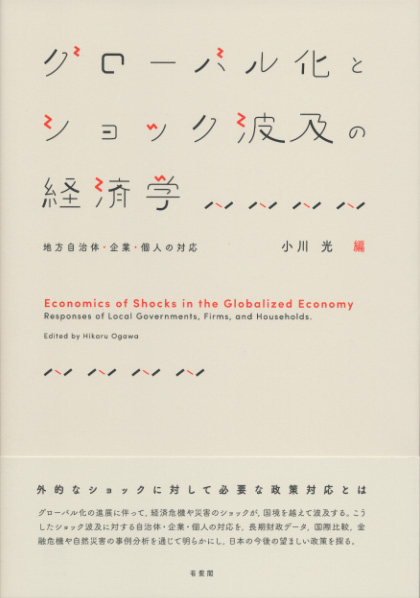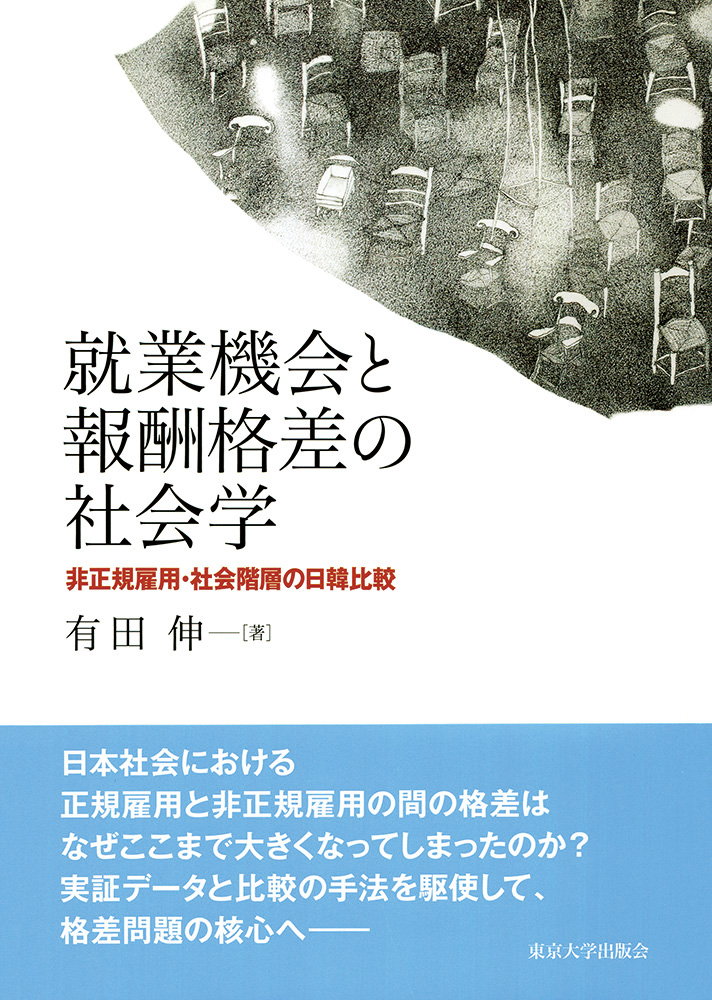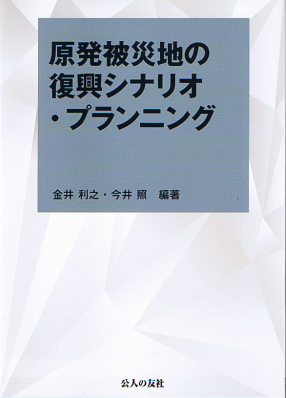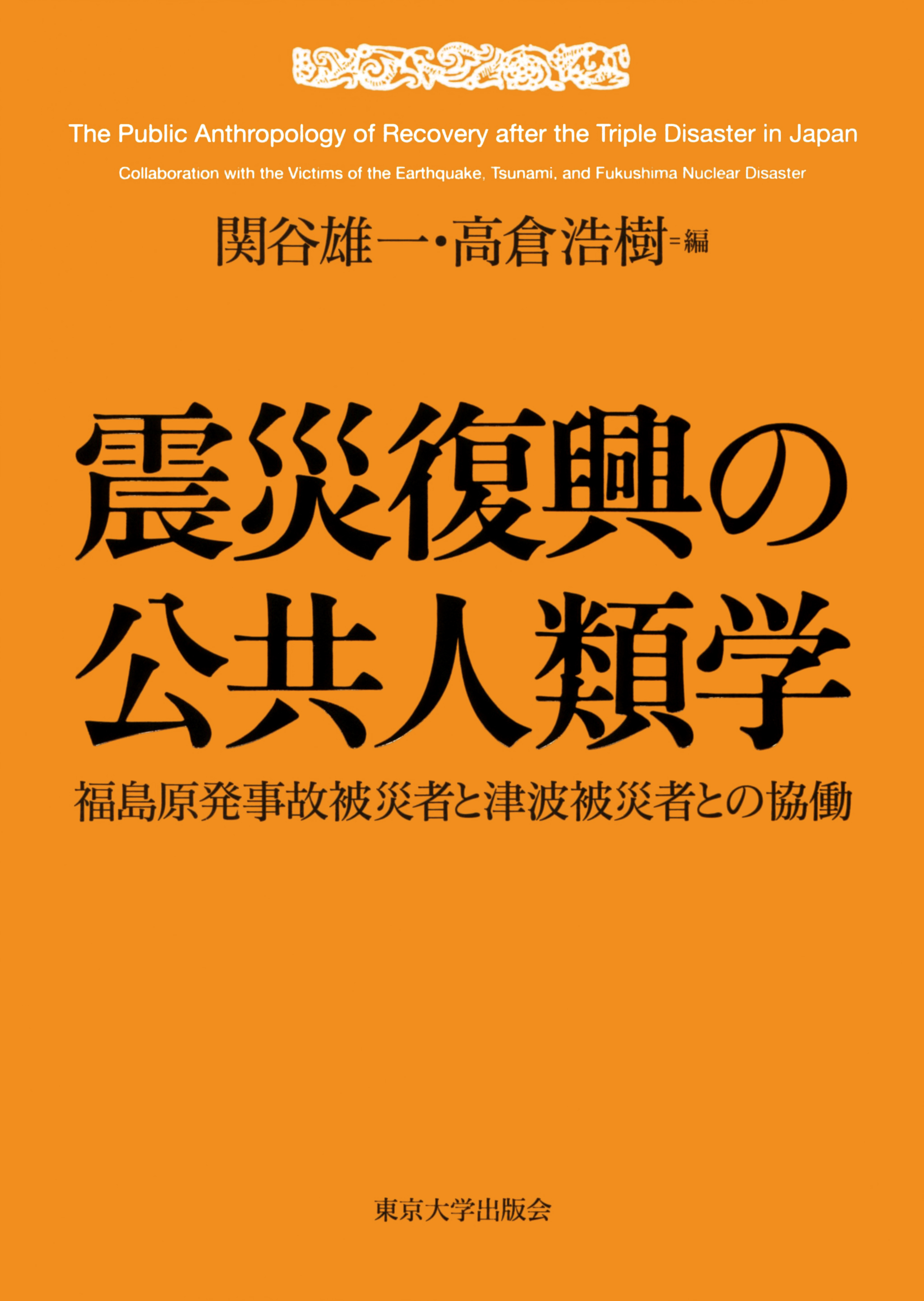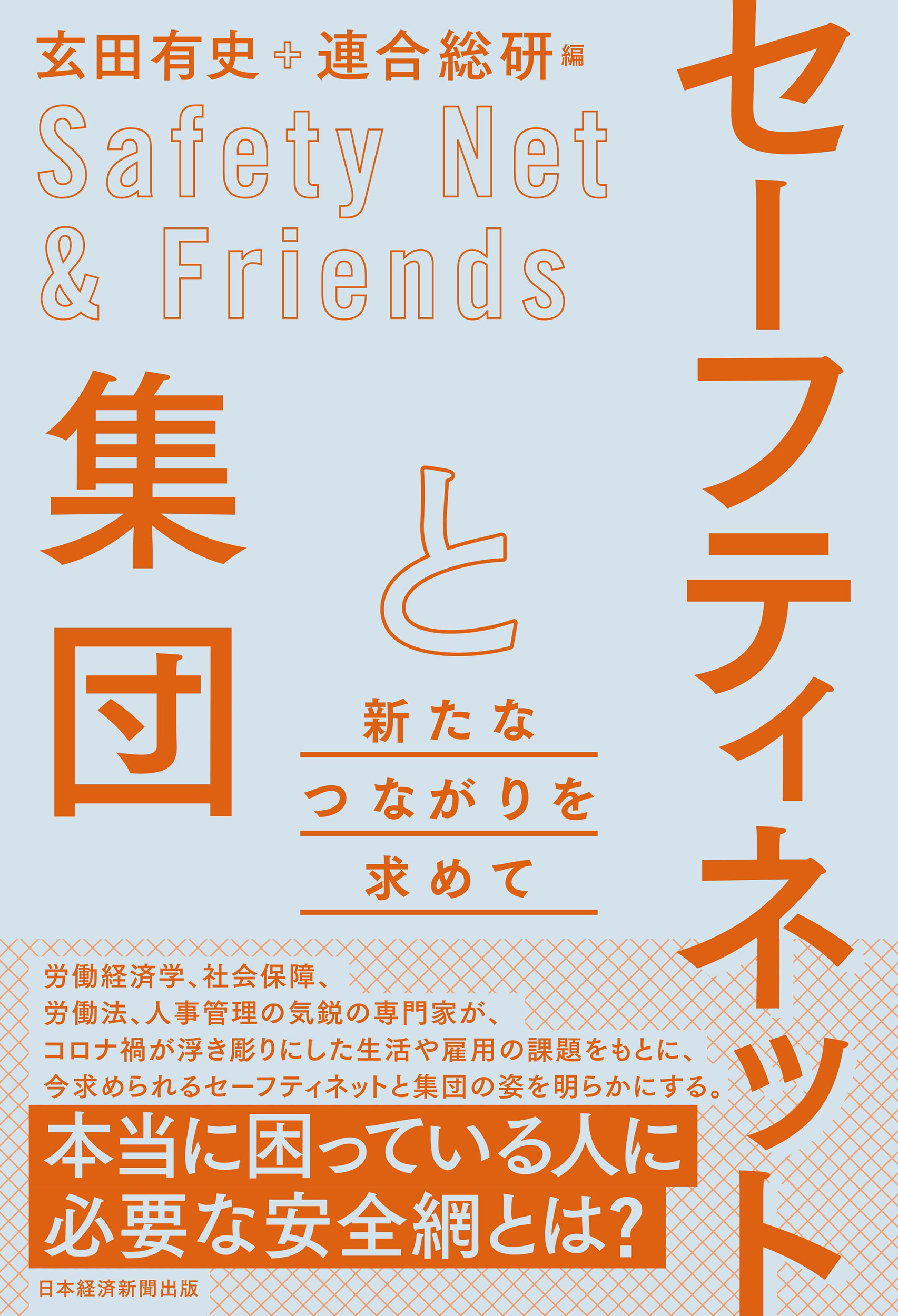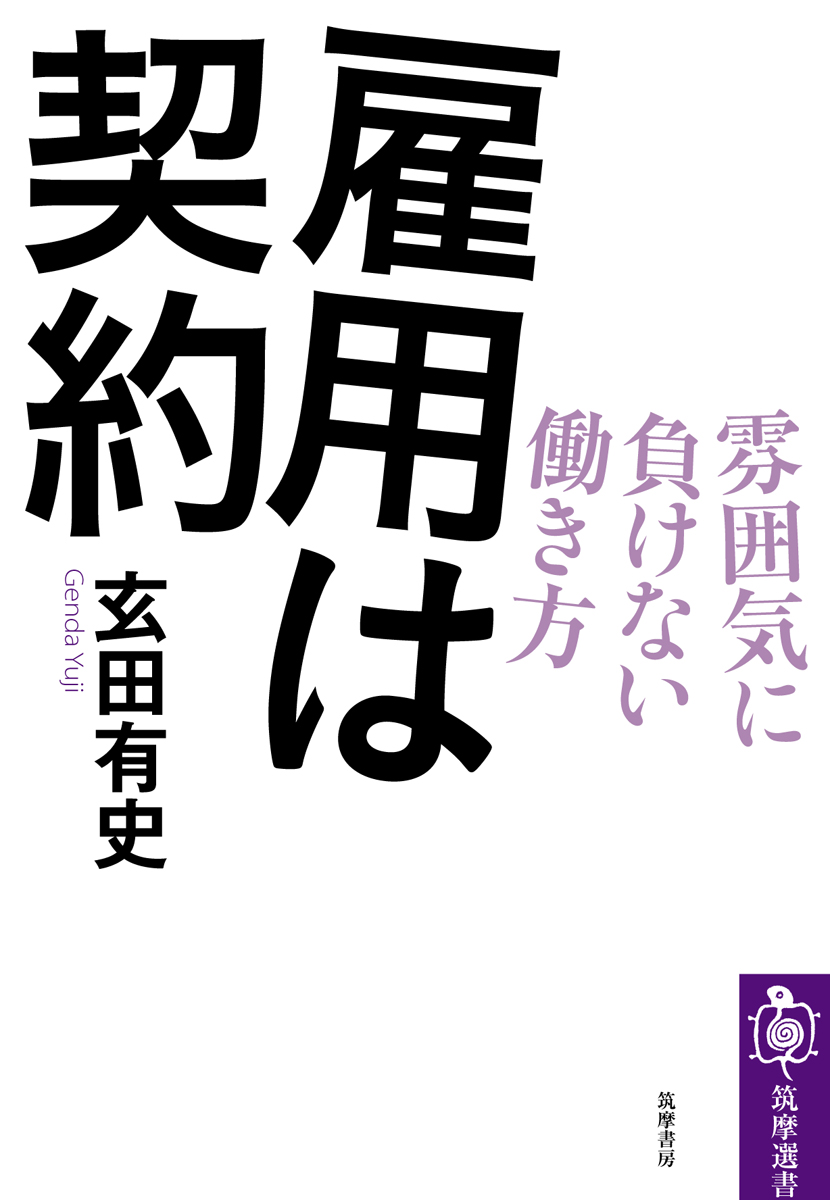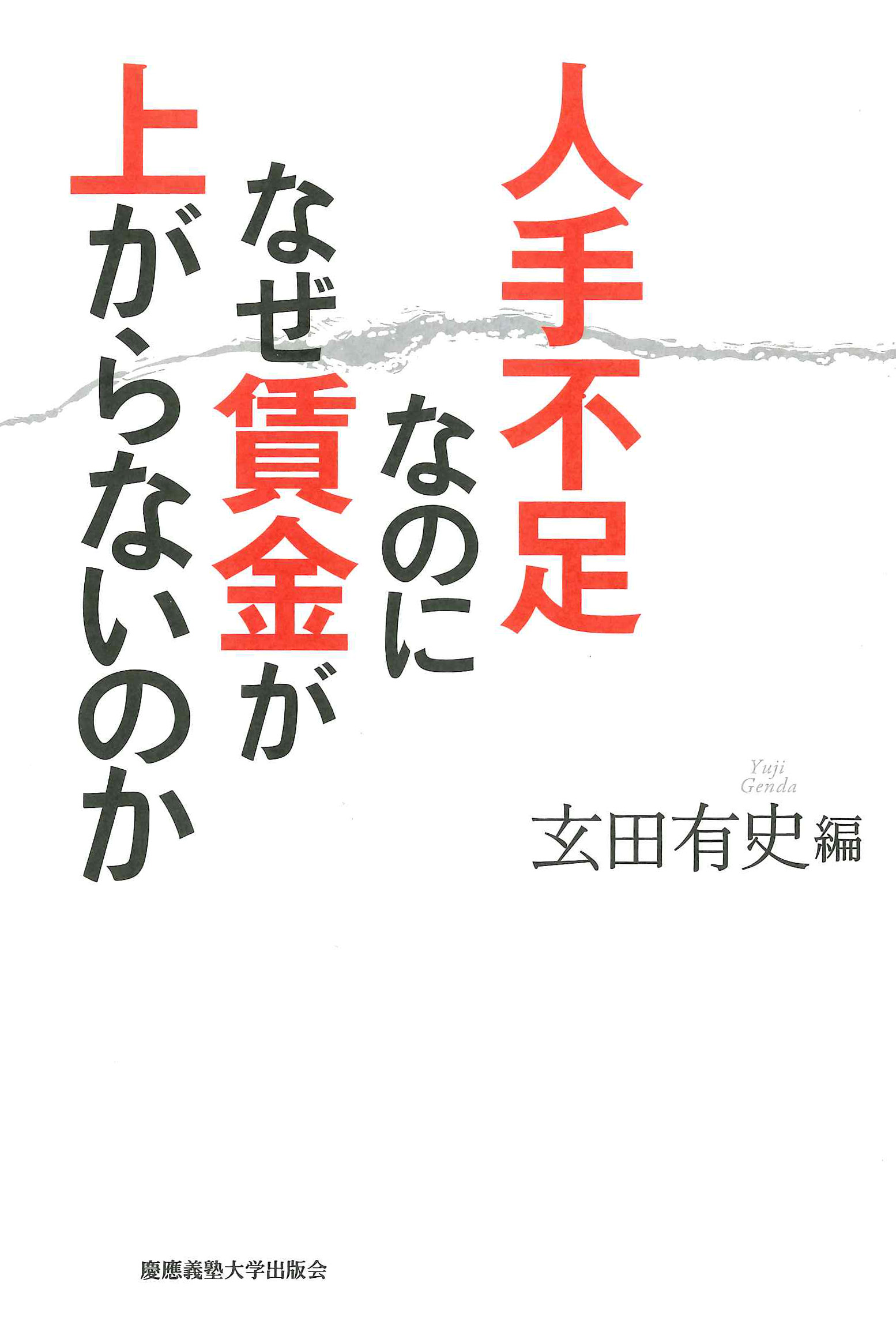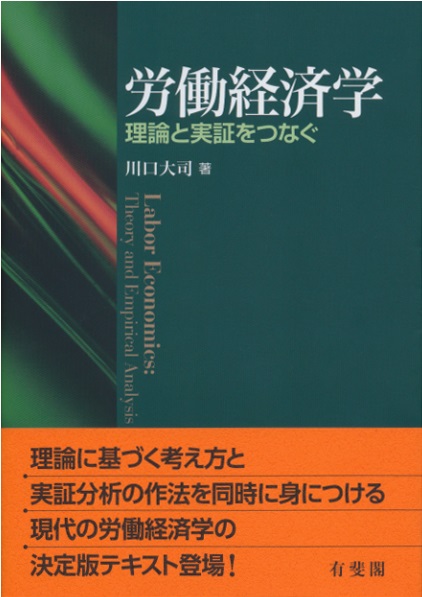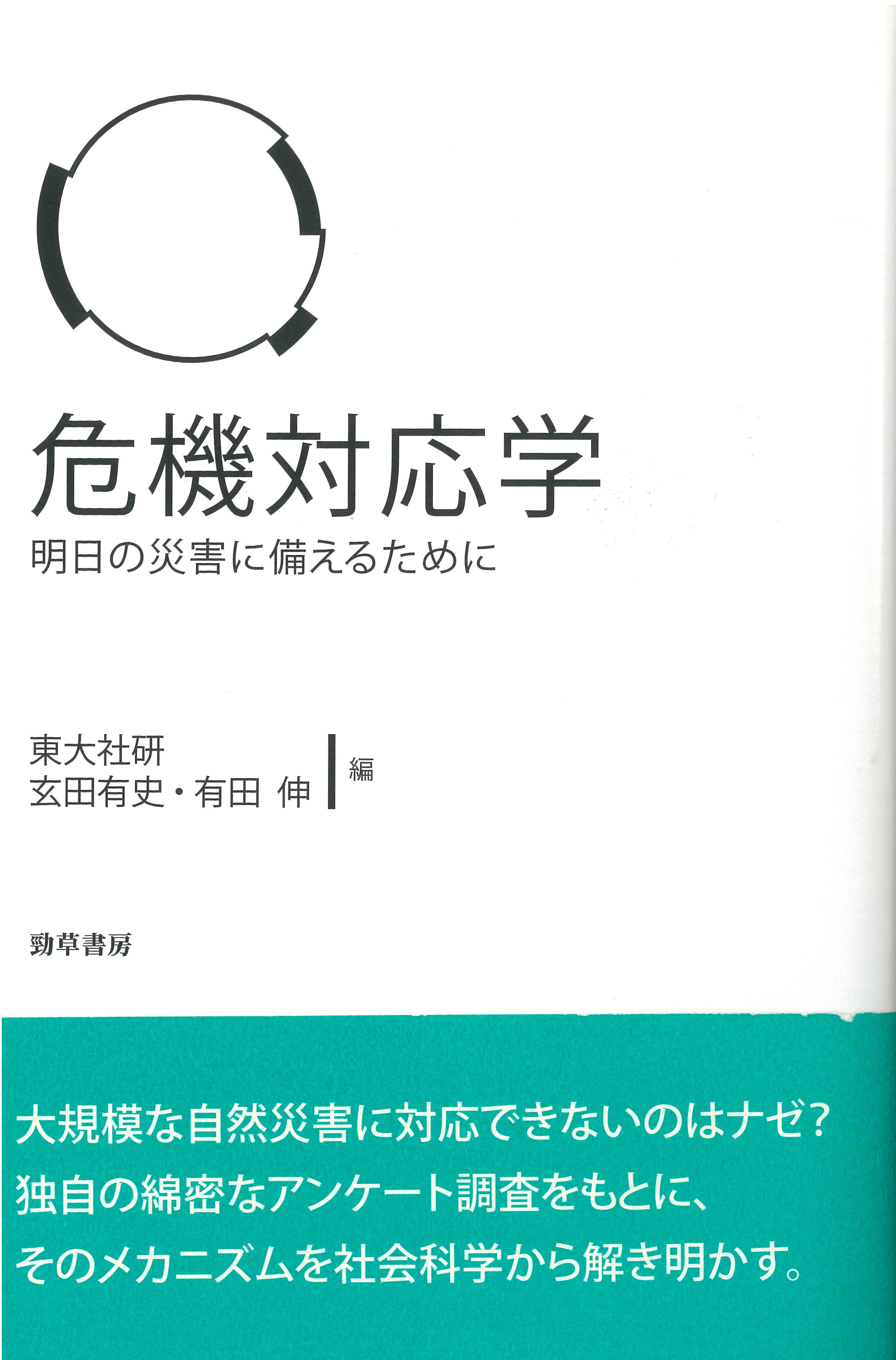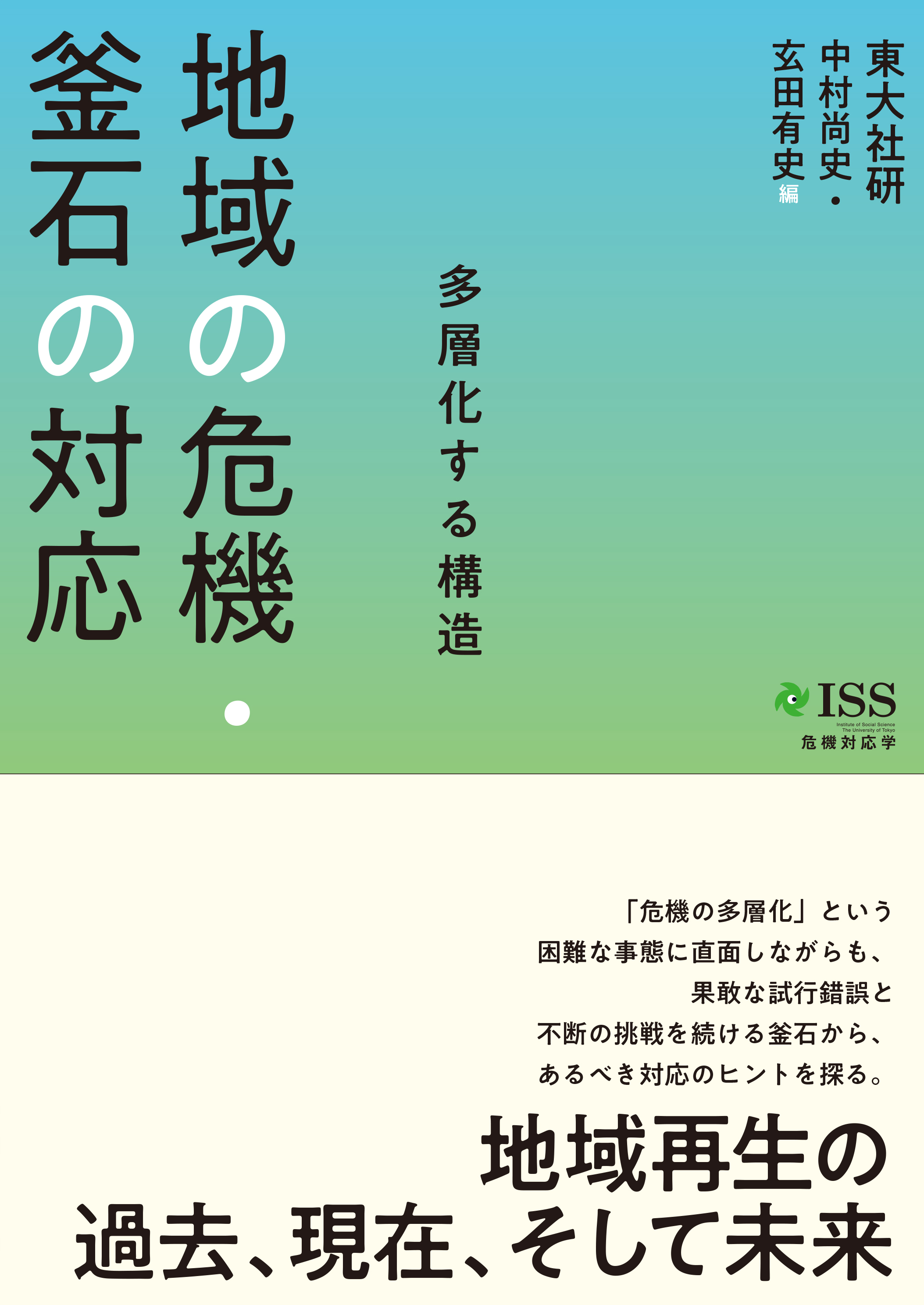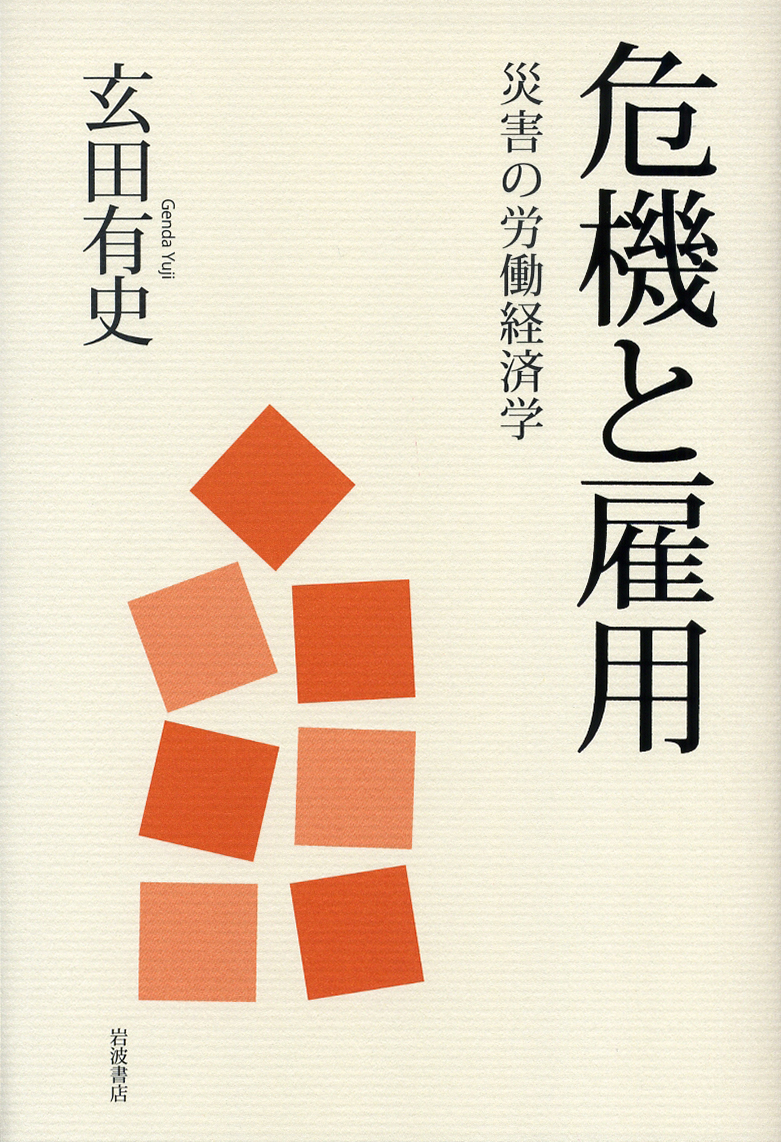
Title
Kiki to Koyō (Crisis and Employment: Labor Economics of Disasters)
Size
264 pages, 127x188mm, hardcover
Language
Japanese
Released
February 25, 2015
ISBN
978-4-00-061022-3
Published by
Iwanami Shoten.
Book Info
See Book Availability at Library
Japanese Page
The author, Yuji Genda, started visiting Kamaishi city in Iwate prefecture frequently beginning 2006 as part of field studies for a research project named Social Sciences of Hope, Kibogaku in Japanese. This project was pursued by the Institute of Social Science, of which he was the project leader. The city was heavily damage by the tsunami following the major earthquake in eastern Japan on March 11, 2011.
Several months later, he asked one of his old friends from the city, “What do the people of Kamaishi wish for today?” The answer was “To not be forgotten.”
Is there anything I can do to help in keeping the memories of the disaster alive, minimizing the risk of damage in the future, and improving the recovery efforts? I came to the idea that, using various data, I could help pass the facts on to future generations. My field is labor economics, which deals mainly with labor issues within the context of economics. I therefore decided approach the disaster from a labor standpoint.
To create a record of the facts, I started with the Basic Survey of Employment Structure which the Statistics Bureau under the Ministry of Internal Affairs and Communications conducted the year after the earthquake, and I scrutinized each item in the survey. This provided me with information at the municipal level, as opposed to the prefectural level, shedding light on the situations in these cities and towns that suffered in the disaster.
Through my research, it became clear to me that natural disasters like earthquakes make those who are less privileged in the labor market more vulnerable. Contract workers, women, the young, and those without university education–these are the people who lost jobs and/or struggled to find new jobs in the aftermath of the quake.
Those who had been driven far away from their beloved hometowns because of the tsunami or the nuclear power plant accident were met with even more difficulties in finding employment. The results eloquently indicate the extent of the impact on labor left by the loss of community-specific resources (including the ties with others), also known as shared social capital.
I also tried probing further by conducting a questionnaire survey to cover the gaps the government statistics had left. The data elucidated that businesses which recovered quickly after the disaster were characterized by strong management leadership and competent marketing and/or engineering.
The earthquake also had an impact on the perception of hope among the Japanese. Before the event, there was a tendency that, for many people, their hope for the future revolved mainly around the idea of work, such as having the job that spoke for themselves or one that that earned them good, stable income. This changed to a more family-oriented sense of hope after the earthquake.
The book also addresses what I learned from being a member of the reconstruction structure committee working group, which the central government launched immediately after the disaster.
The epilogue carries my message that I “hope the facts presented in this publication will help support, even if only slightly, those people who still struggle today in the aftermath of the Great East Japan Earthquake to take another important step forward both with calm and enthusiasm.”
(Written by GENDA Yuji, Professor, Institute of Social Science / 2017)
Related Info
The 30th OKINAGA Award (Labor Research Center Feb 2016)
https://www.rodorc.or.jp/recognize2



 Find a book
Find a book


